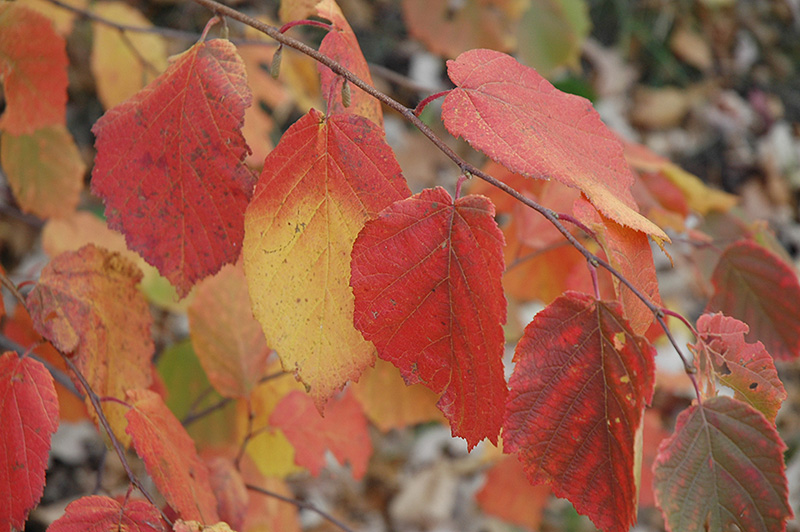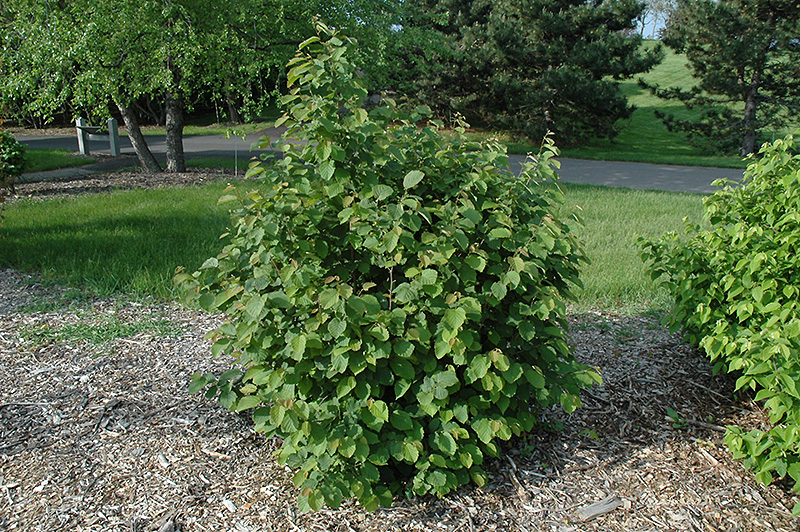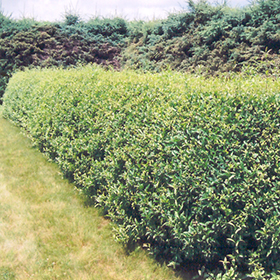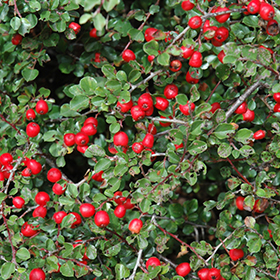Description
Growth & Care
| USDA Plant Hardiness Zone | 2a |
| Growth Rate | Average |
| Recommended Pruning Method | Can Prune At Anytime |
| Fruit Tree Pollinator Requirement | Better With Pollinator |
Foliage
| Foliage Type | Deciduous |
| Fall Color | Yellow |
| Plant Form | Upright Spreading |
Flowers
| Flower Fragrance | Unscented |
Additional Categories
| Additional Category | Hazelnut |
| Landscape Application | Screening, Naturalizing, Orchard |
Details
Planting & Growing
Beaked Hazelnut will grow to be about 8 feet tall at maturity, with a spread of 7 feet. It tends to be a little leggy, with a typical clearance of 2 feet from the ground, and is suitable for planting under power lines. It grows at a medium rate, and under ideal conditions can be expected to live for approximately 30 years. While it is considered to be somewhat self-pollinating, it tends to set heavier quantities of fruit with a different variety of the same species growing nearby.
This plant is typically grown in a designated edibles garden. It performs well in both full sun and full shade. It is very adaptable to both dry and moist locations, and should do just fine under average home landscape conditions. It is considered to be drought-tolerant, and thus makes an ideal choice for xeriscaping or the moisture-conserving landscape. It is not particular as to soil type or pH. It is highly tolerant of urban pollution and will even thrive in inner city environments. This species is native to parts of North America.
Features & Attributes
Beaked Hazelnut has dark green deciduous foliage on a plant with an upright spreading habit of growth. The serrated pointy leaves turn yellow in fall. It produces brown nuts in mid fall.
This is a multi-stemmed deciduous shrub with an upright spreading habit of growth. Its average texture blends into the landscape, but can be balanced by one or two finer or coarser trees or shrubs for an effective composition. This plant will require occasional maintenance and upkeep, and can be pruned at anytime. It is a good choice for attracting squirrels to your yard. Gardeners should be aware of the following characteristic(s) that may warrant special consideration:
Suckering
Aside from its primary use as an edible, Beaked Hazelnut is sutiable for the following landscape applications:
Hedges/Screening, Naturalizing And Woodland Gardens, Orchard/Edible Landscaping
Edible Qualities
Beaked Hazelnut is a medium-sized shrub that is typically grown for its edible qualities. It produces brown nuts which are usually ready for picking from early to mid fall. The nuts have a sweet taste.
The nuts are most often used in the following ways:
Fresh Eating





